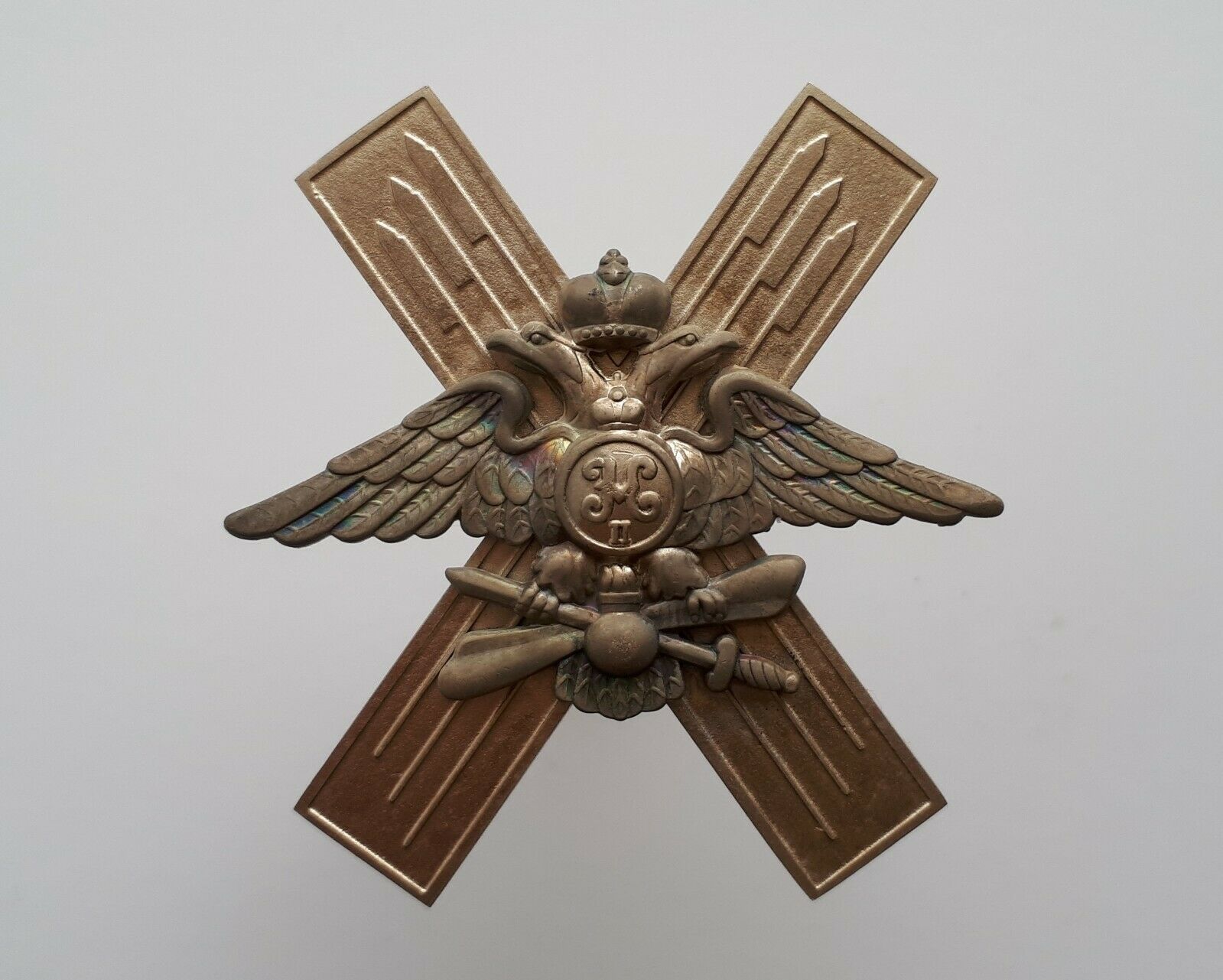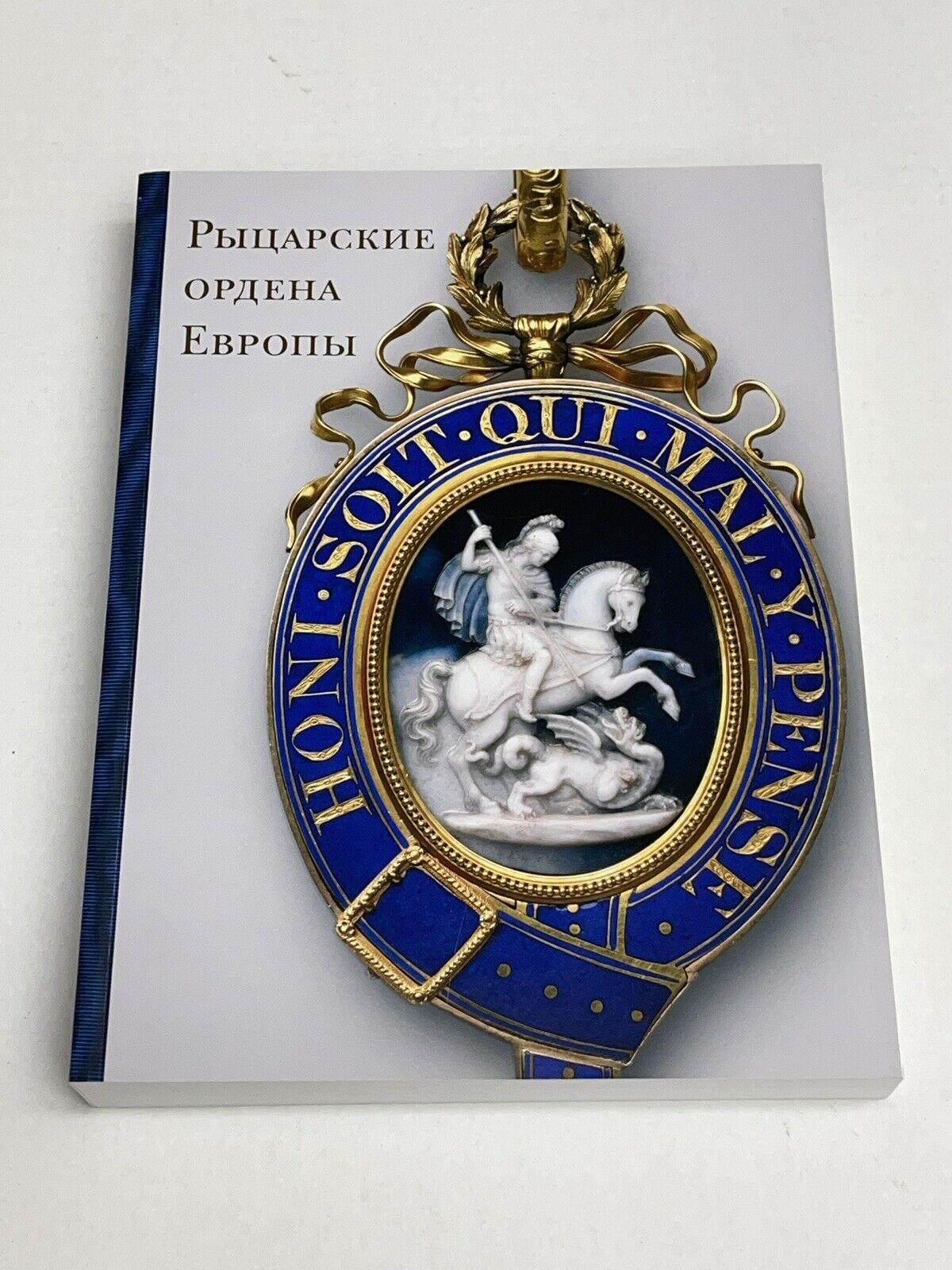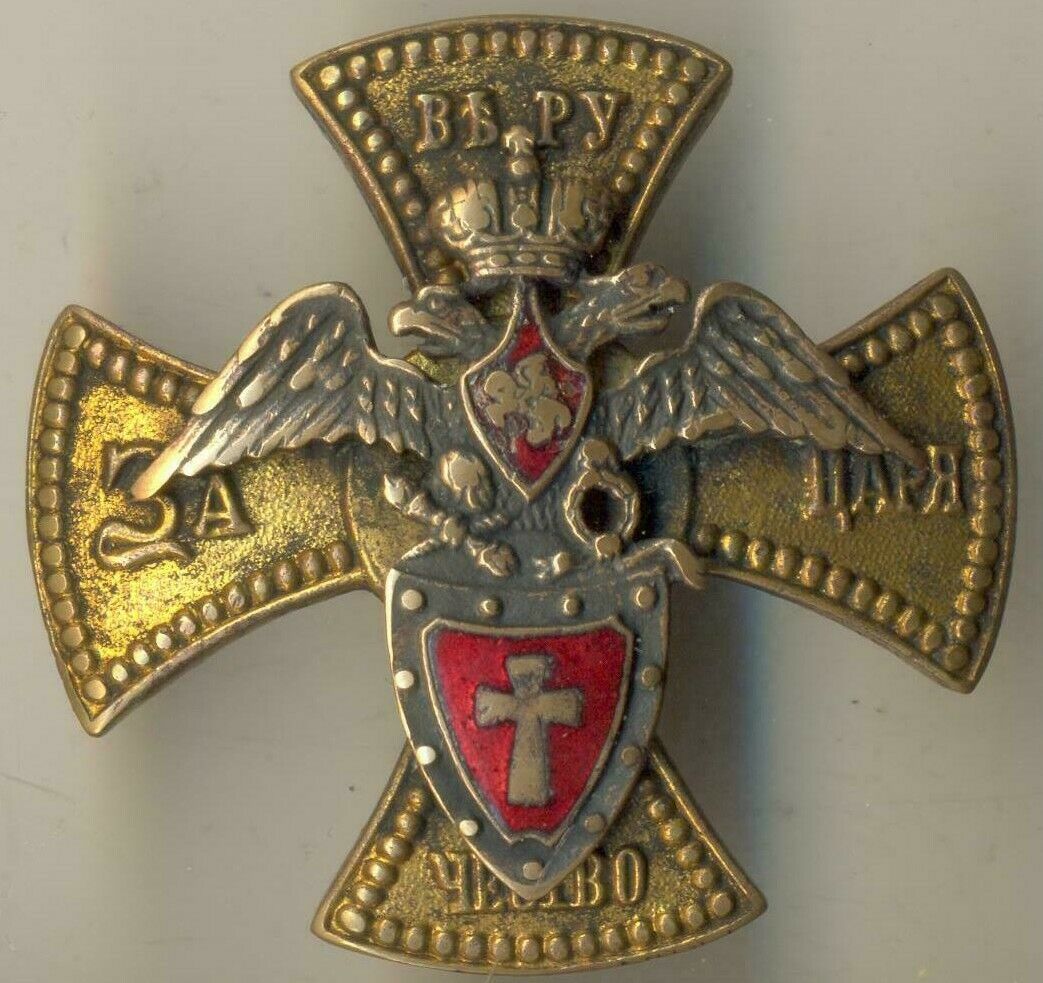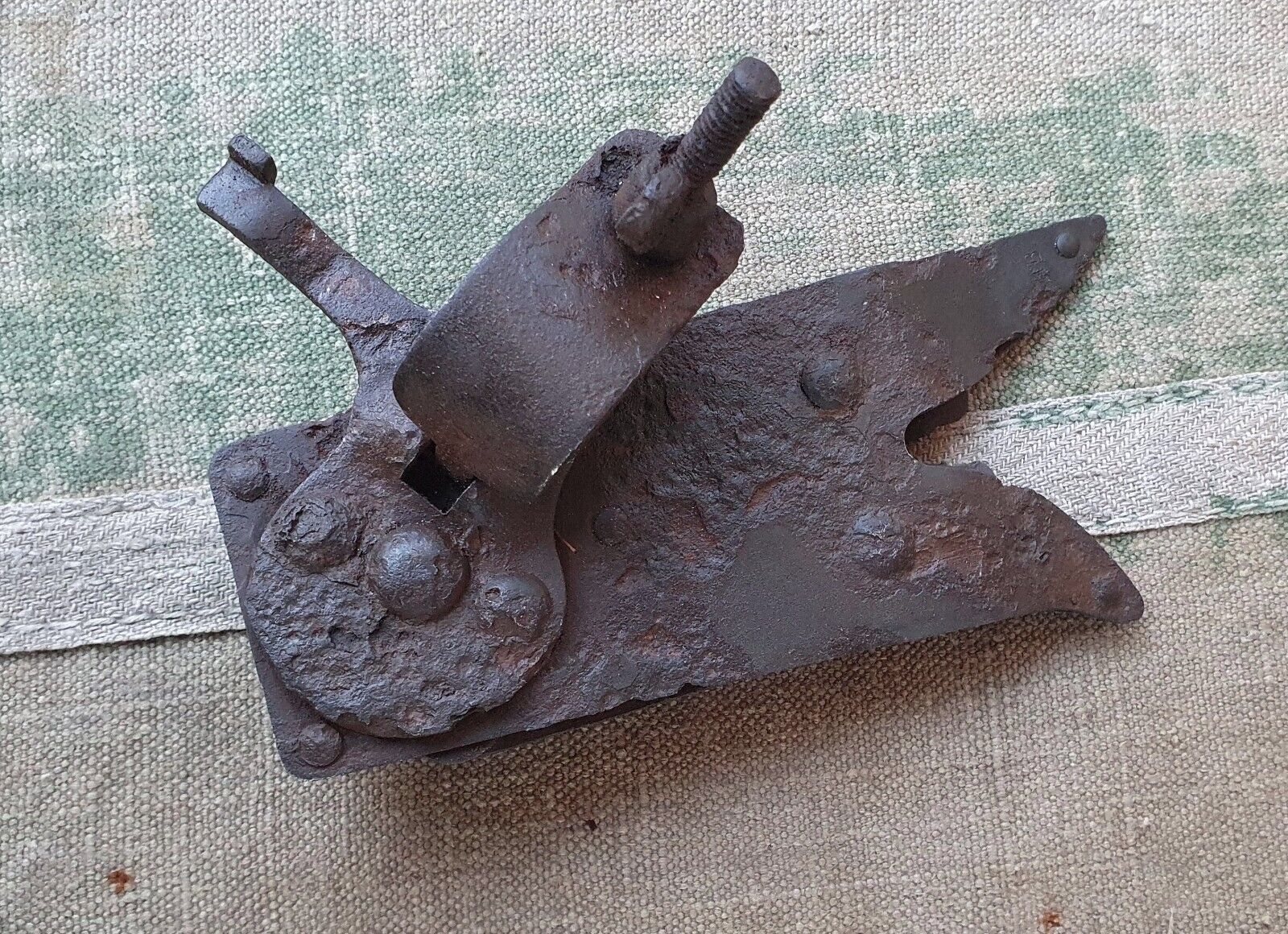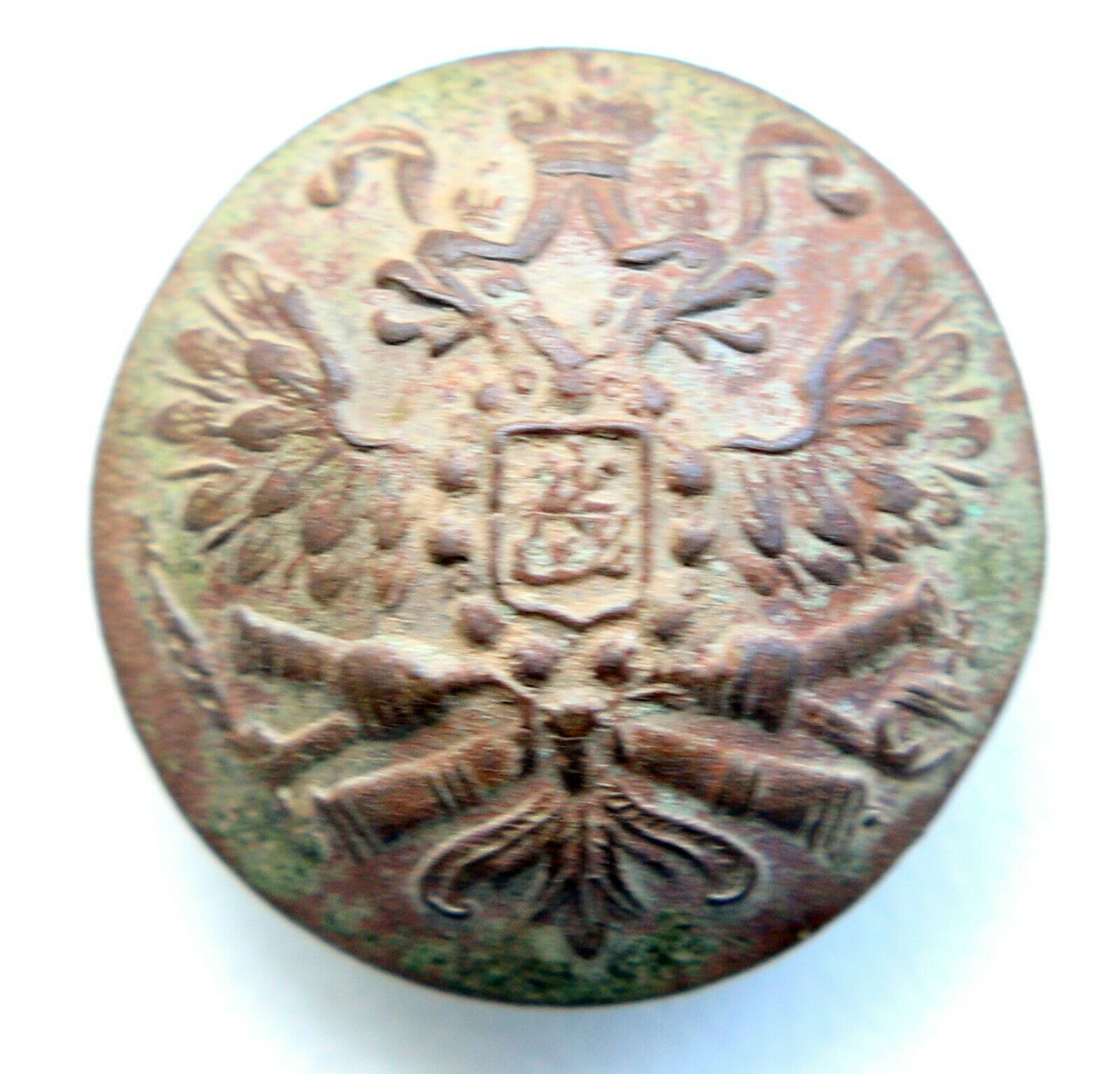-40%
Russian Balloon Buster Extremely Rare Badge Pilot Silver Eagle Cross Rocket WWI
$ 184.8
- Description
- Size Guide
Description
Badge of the Russian Balloon Buster.Silver St. Andrew's cross with crossed Le Prieur rockets upon it. Overlaid with a dark silver Russian Imperial double headed crowned eagle and a shield with the crest of Emperor Nicholas II. Between the eagle's claws there is a sword and propeller. Legend "СЪ НАМИ БОГЪ" (in English: "God with us") on the reverse. One of the few two sided Russian badges. No hallmarks or maker marks, as typical for badges of the 1916-17. Probably private Jewish jewellery workshop production. The screw post is full length, nearly 17 mm (for a pilot leather jacket), and comes with original wing nut. Additional information on the Russian Balloon Busters - see historical photographs.
A buyer of this Badge will receive all the information I know about Russian Balloon Busters.
As Extremely Rare as hen's teeth!
Our main motto -
We do not sell objects, we sell the history.
SPECIFICATIONS:
- Material: silver-white copper alloy
- Dimensions: 48x45 mm
- Weight
: 24 grams
Place where the object was found:
Buchach city, Ternopil Oblast (province), Western Ukraine.
Additional information on the Russian Balloon Busters:
Balloon busters were military pilots known for destroying enemy observation balloons. These pilots were noted for their fearlessness, as balloons were stationary targets able to receive heavy defenses, from the ground and the air. Seventy-seven flying aces in WWI were each credited with destroying five or more balloons, and thus were balloon aces. An observation balloon was both a vulnerable and a valuable target: the balloon was moored in a stationary position and was lifted by flammable hydrogen gas. Balloon observers were consequently targets of great importance to both sides, especially before any sort of infantry action or offensive, so individual pilots, flights or whole squadrons were frequently ordered to attack balloons, to destroy them or at least disrupt their observation activities. One method employed was the solid-fuel Le Prieur rocket invented by Frenchman Lt. Yves Le Prieur and first used in April 1916. Rockets were attached to each outboard strut of a biplane fighter aircraft and fired through steel tubes using an electrical trigger. The rockets' inaccuracy was such that pilots had to fly very close to their target before firing. It was not until special Pomeroy incendiary bullets and Buckingham flat-nosed incendiary bullets became available on the Western Front in 1917 that any consistent degree of success was achieved. Le Prieur rockets were withdrawn from service in 1918 once incendiary bullets had become available. While the situation on the Western Front often necessitated the elimination of balloons whenever it was not simply providing the specialists a target-rich environment, other fronts tended to favour the loners. The war in Russia alternated dramatically between great, sweeping offensives by one side or the other to long periods of stalemate, during either of which occasion balloons could make an appearance and someone from the other side would sally forth against them. The Escadrille N581 was the name of the Imperial Russian Air Service unit during the WWI. This escadrille was composed largely of French volunteer pilots flying fighters. In May 1917, the escadrille was transferred to the Imperial Russian Army. Equipment: Nieuport 17 (eight); SPAD VII (seven); Nieuport N.21 (eight) No Russian ace is known to have included a balloon among his victories, but French ace Sous-Lt Georges Lachmann, who served in Russia as commander of Escadrille N581, destroyed three Balloons (German Drachens) on 19 September, 3 October and 16 October 1917. On 19 February 1918, the Escadrille N581 was disbanded.
FREE SHIPPING:
We provide buyers from US with USPS Tracking number.
Froo www.froo.com | Froo Cross Sell, Free Cross Sell, Cross promote, eBay Marketing, eBay listing Apps, eBay Apps, eBay Application
